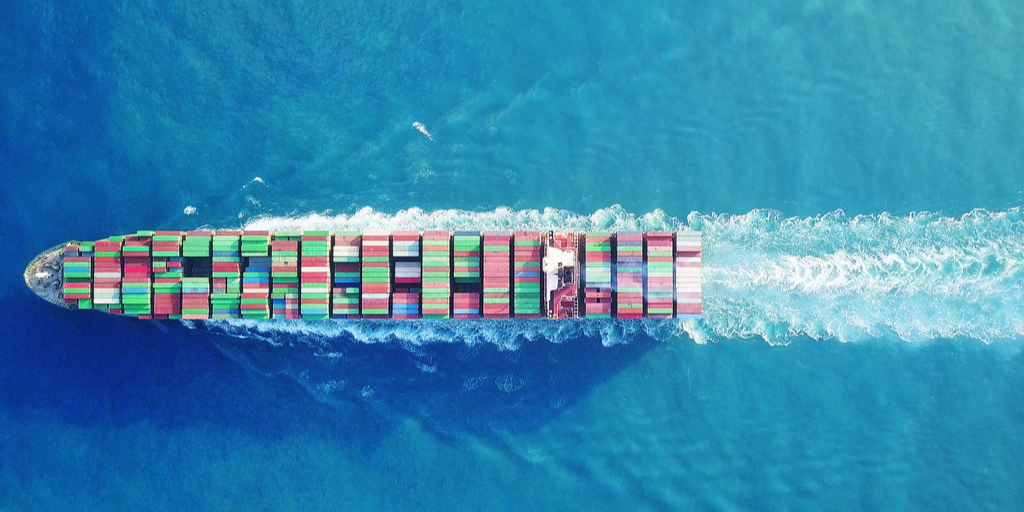Over the past four months, organisations across most industries have had to adapt their ways of working, almost overnight. COVID-19 has created new challenges that many were not prepared for, none more so than the travel and transportation (T&T) industry. However, with leisure travel slowly resuming and the demand on freight operations rising, this comes with increasing pressure on margins and market share. To manage this change, now more than ever is the time for the sector to act and start fast tracking their digital change projects.
In July, Intergence, a digital and IT change consultancy, teamed up with technical consultancy, Amido, to demonstrate how digital change was impacting the freight industry. The webinar addressed two key issues: the need to accelerate the digitisation of freight operations in order to cope with increased demand and the need to work more flexibly.
Digitising freight operations
Konrad Thomasson, Intergence, opened the discussion with an overview of seven digital strategies freight should adopt to manage the much-needed evolution from complex and legacy IT infrastructures, to far more agile models. He explained that change doesn’t have to be scary. With a solid foundation hinged on software driven networks, businesses will have the capability to respond to rapidly changing conditions, enabling scalability at a far reduced cost.
Moving to the cloud will also allow greater flexibility amongst the workforce. Adopting a cloud-based strategy would mean staff can continue working anywhere, anytime.
The second section of the webinar focused on the more practical elements of any potential digital change project. Drawing on the experiences from an Amido/Intergence joint transportation client, Rob Pearson, Amido, demoed two real-world solutions showing the effectiveness of digital change on operational efficiency: a self-serve website and a stowage app.
One of the most effective ways to overcome the pressures of rising demand is to remove friction from the customer journey. Whilst leisure travel is no stranger to self-serve, commercial customers are still woefully reliant on paper-based and in-person processes. By giving commercial freight customers the ability to book their own space on transport and upload documentation digitally, Rob demonstrated how freight organisations can streamline their services, simultaneously saving both time and costs.
Another area of operations fraught with slow, manual procedures is around stowage. With staff reliant on communicating stowage plans directly to drivers one-by-one, the process is incredibly time consuming. By automating core processes in the form of a tablet-based app, Rob illustrated how the client was able to streamline the way it managed loading and offloading vehicles in a far more efficient and effective way.
Now, more than ever before the need to accelerate digital change is a must. The future of the travel and transportation industry is uncertain at best. At worst organisations are facing reduced services, mass redundancies, and even bankruptcy.
Those businesses that are able to adapt and evolve to this rapidly changing climate will gain a competitive edge. Fast tracking digital change is the key to survival.
